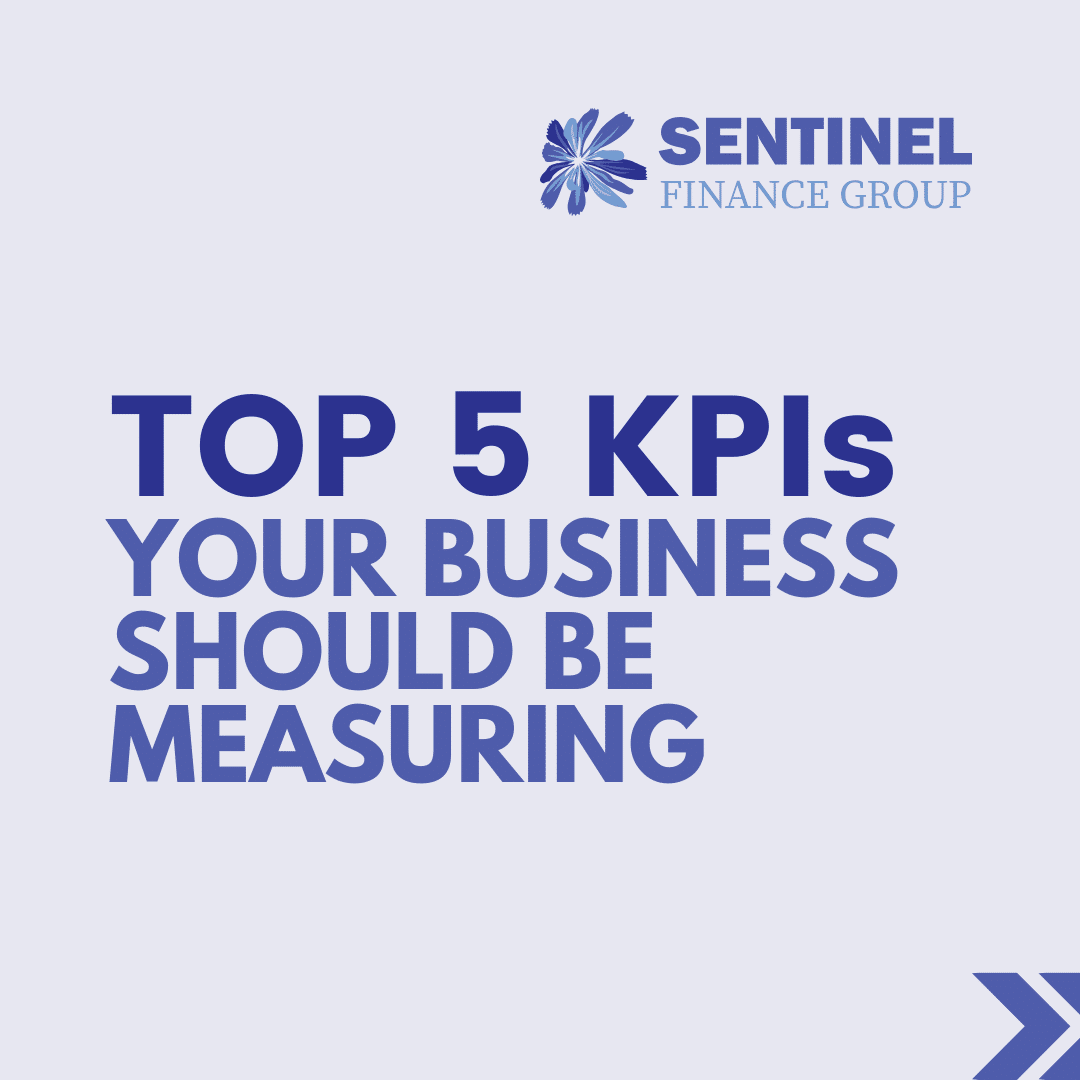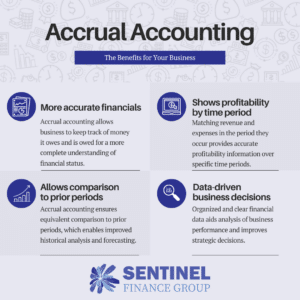A common question business owners ask is what key performance indicators they should be tracking. While every business will have unique KPIs based on its industry and company goals, these five KPIs are important for every company to include in their monthly reporting.
-
- Total Equity. Total equity is what remains if a company sells all its assets (such as cash, accounts receivable, inventory, and fixed assets) and pays off its liabilities (such as loans and accounts payable). Companies should be growing total equity, because it is what allows a company to make distributions, build cash reserves, and invest. It’s an important metric if you’re trying to sell your business or raise funds.
-
- Gross & Operating Profit Margin. Gross profit margin is how efficiently a company produces its products and services. It’s the percentage of revenue remaining after subtracting the associated costs of the products or services (cost of goods sold, or COGS). For a company that builds cars, the COGS would be materials such as tires or paint. Other expenses (such as the salary for an accountant) would be a G&A expense. Operating profit margin is the percentage of revenue remaining after both COGS and other expenses are subtracted. It’s important to measure because profit is what accumulates a business’s equity.
-
- Current Ratio. This is a measure of short term liquidity. It is a business’s current assets (such as accounts receivable or cash) divided by current liabilities (such as credit cards or accounts payable). Current means assets that can be converted to cash in the next year, or liabilities that are due in the next year. Essentially, it measures whether a business is able to come up with the cash to pay its liabilities due in the next year. A good general target is 2:1, but it is industry dependent. If the current ratio is less than 1, the business is in trouble because it can’t pay off its short term liabilities.
-
- Accounts Receivable Turnover. This is a measure of how effectively a business collects on its receivables. It is calculated as net sales divided by the average accounts receivable balance. A high AR turnover means a company is collecting payments efficiently. AR is one of the biggest short term assets which adds cash flow to a business (but it is important to keep in mind that the longer an invoice is not paid, the less likely a business is to ever collect it).
-
- Revenue Growth. Companies need to grow to stay in operation. A company must be expanding to stay ahead of expenses and competitors. It’s most effective to compare current periods to prior periods (such as comparing Q1 this year to Q1 from previous years). A company should target somewhere between 10-20% growth depending on its size.
These five KPIs are vital to review during business performance meetings. They should be part of the financial reporting package that a business receives from its CFO. A business should look at each KPI trend and track its performance against a goal. The results give a clear understanding of what a business needs to focus on for improvement. For example, if a business is not hitting its revenue growth goal, it may want to invest in sales. If it’s not hitting its gross profit goal, it should focus on improving its efficiency.
Sentinel Finance Group advises on KPI benchmarks for our clients and we provide KPI results during monthly financial reviews. We interpret the results and provide insight on strategies for improvement.
Sentinel Finance Group is a fractional CFO firm in Kansas City and provides outsourced CFO services and controller services to local businesses.




